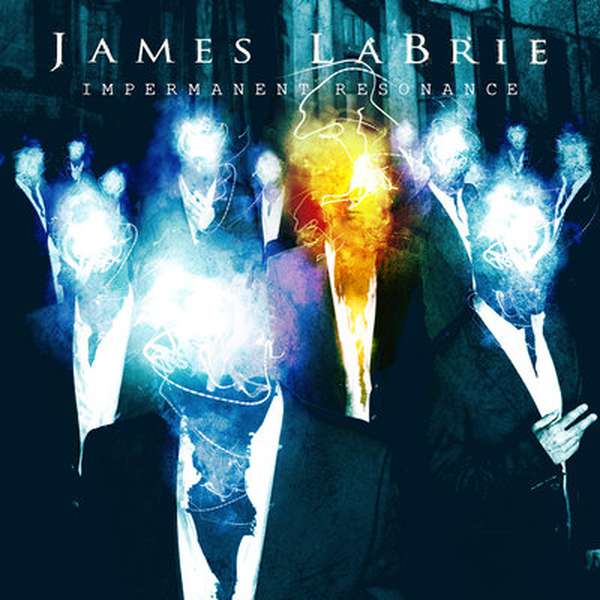Apparently, James LaBrie (vocalist for progressive metal gods Dream Theater) has a pretty satisfying solo career. I wasn't aware of this until doing some research, but he already has two solo releases under his belt--three, counting his newest release, Elements of Persuasion. (We'll leave the issues of whether or not his work with Mullmuzzler counts as "solo" releases until another day.) So, the pertinent question is, how does his newest album hold up to the rest of his work?
Well, the most noticeable thing about Impermanent Resonance is that it isn't Dream Theater. Now that may sound trite, but it's not like Jordan Rudess' or John Petrucci's solo work where they just play a different variety of progressive metal. Instead of mid-range prog, LaBrie's solo work is full of hard-hitting melodic death metal, sprinkled with a healthy dash of power metal influences, all compacted into pop-accessible 3-5 minute chunks of ferocity. There are prog influences, sure, but they're all very muted and toned down.
And you know what? It works. This album is truly infectious. LaBrie is intensely dedicated to the aesthetic, meaning each individual song feels like an adrenaline rush of unbridled, driven fury. They all have this addictive quality that makes it so difficult to stop listening, and like any good power metal album, it makes you feel great about yourself. One track is all it takes to hook you for the rest of the album.
But for all of the album's visceral effectiveness, Impermanent Resonance desperately cries out for some variety. The writing might be strong, but it isn't fifty straight minutes strong, and though it's interesting to hear LaBrie doing some different things than we'd normally hear (those death growls, man), that alone isn't enough to carry the album. Past the shiny surface, the album is incredibly vapid and empty, all outward flair and no inward substance. It might be an earworm-filled listen, but it doesn't do anything to warrant a second spin.
Though LaBrie never really says anything of importance, Impermanent Resonance is still very effective music. Dream Theater could scarcely get away with writing this many pop-oriented pieces on a single album, and if you're looking for an evening of banging your noggin, this will certainly do the trick. It's certainly not bad for a cursory listen, as long as you keep your expectations realistic. (Oh, and at least it's better than Dream Theater's last album.)




